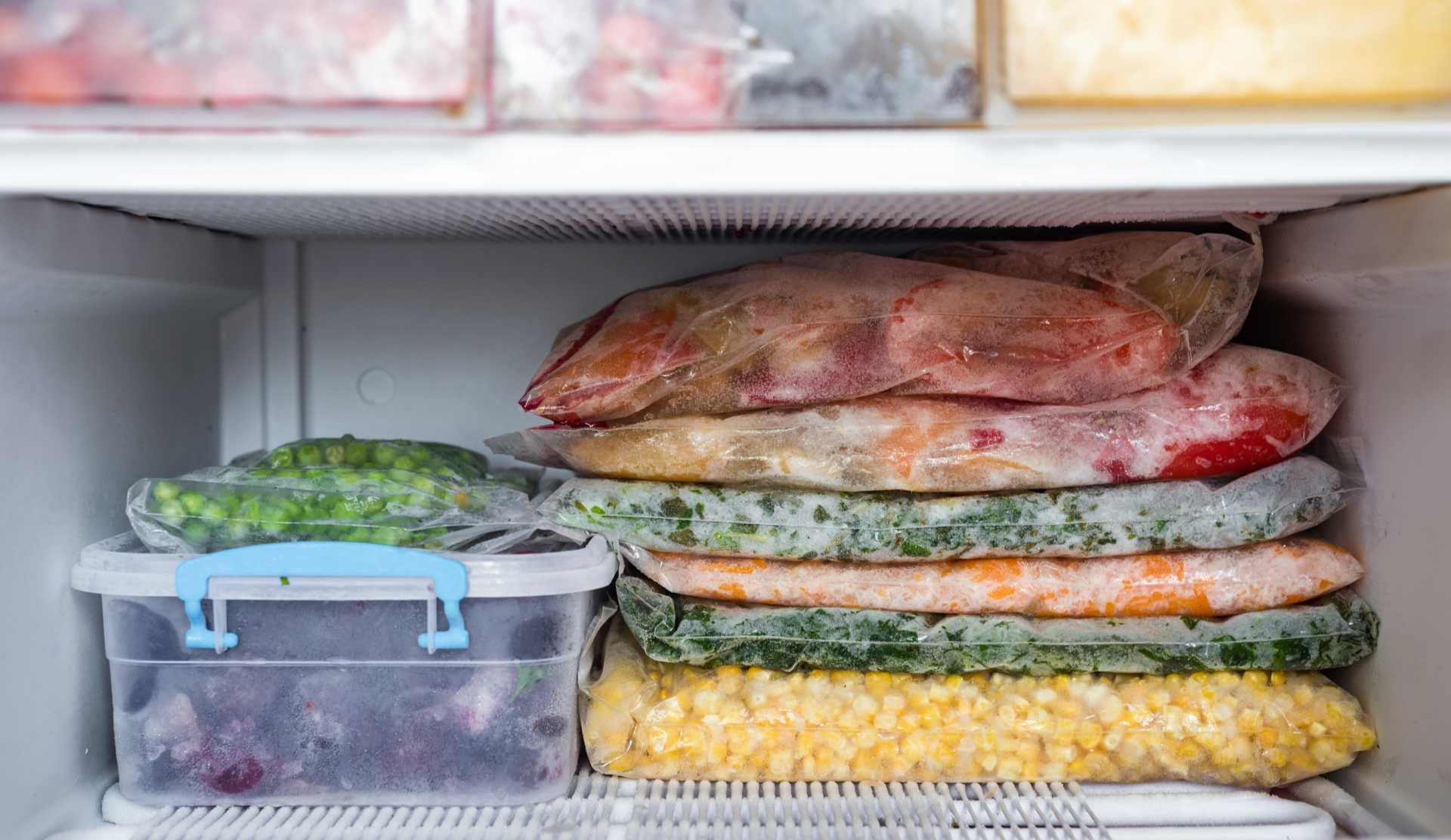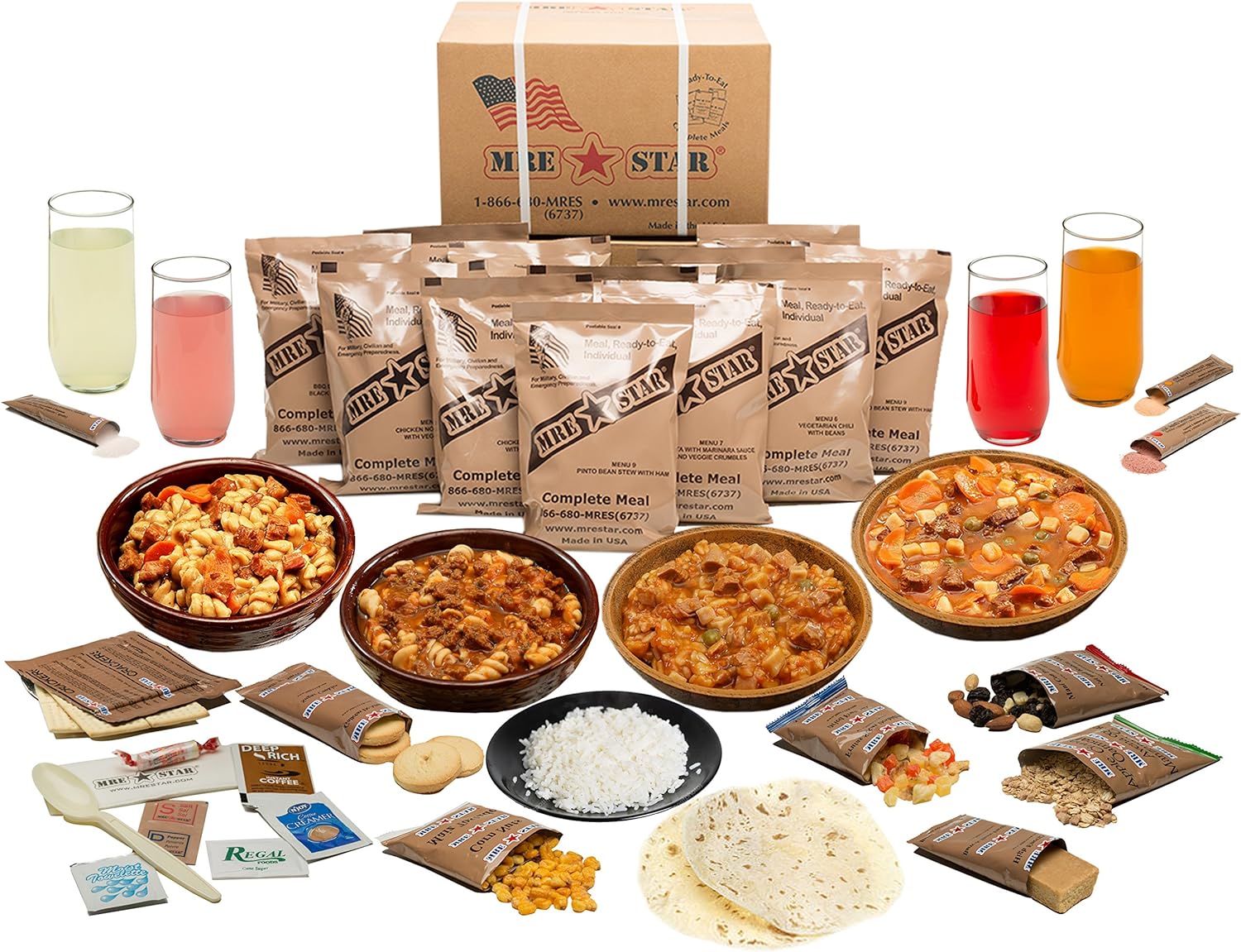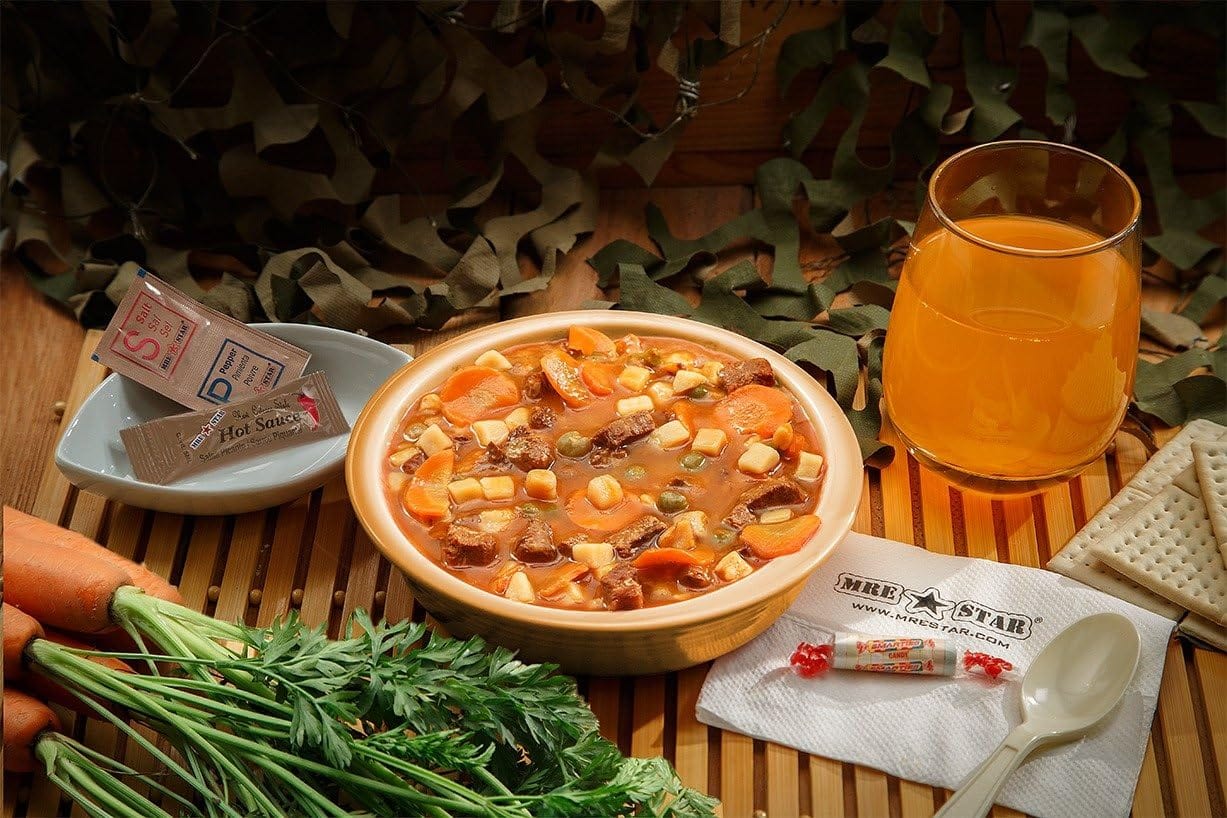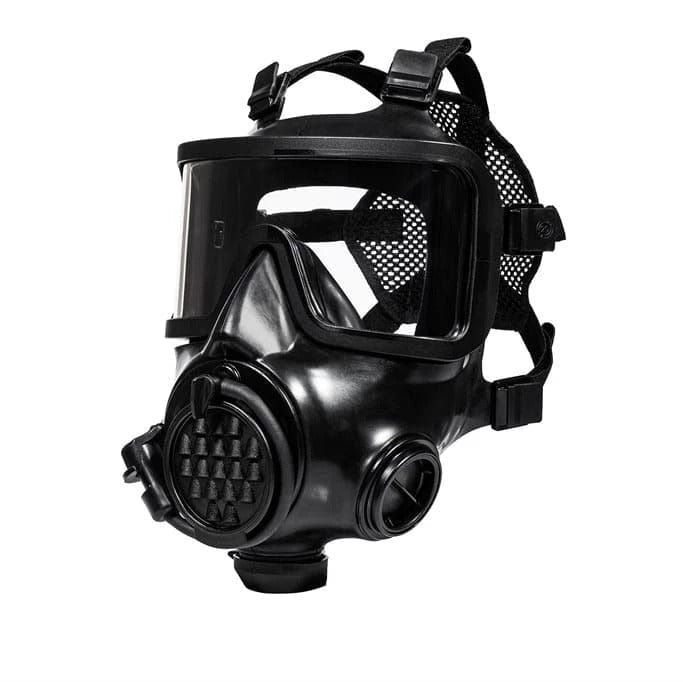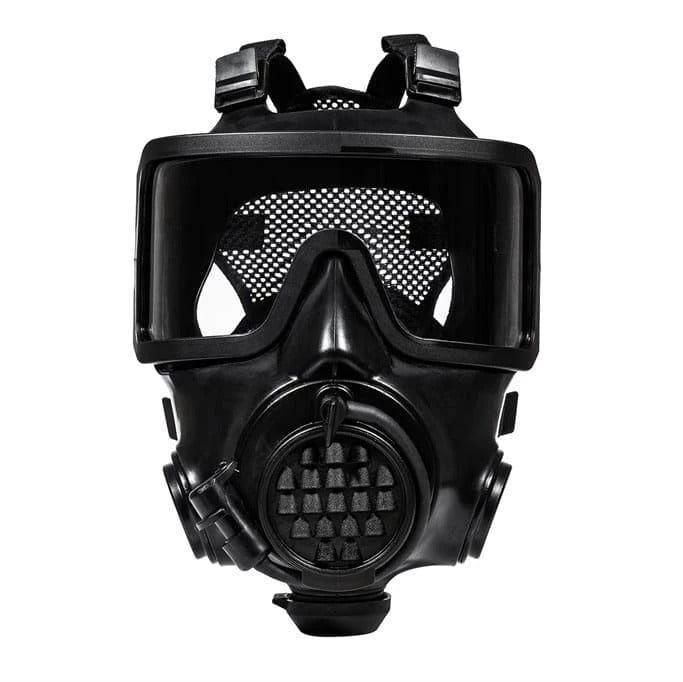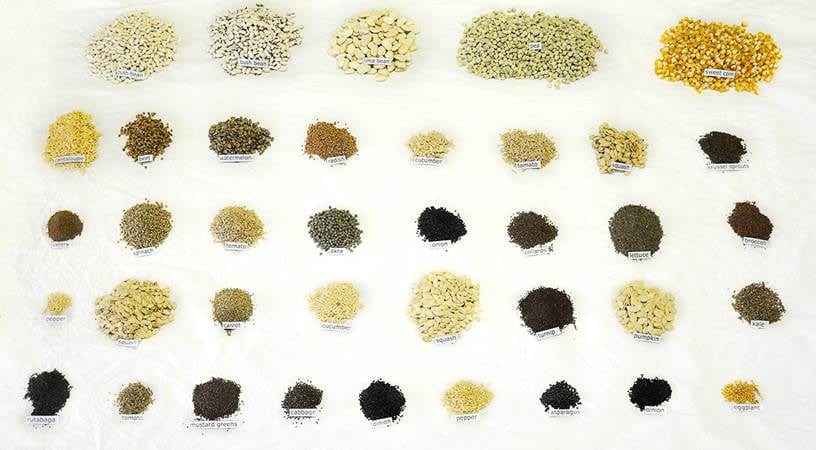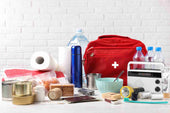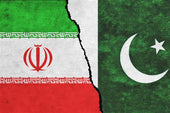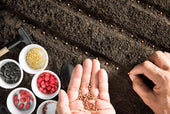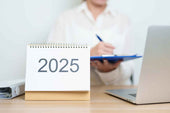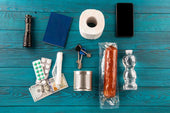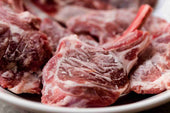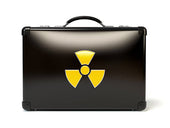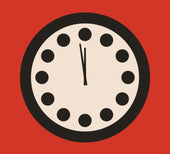Frozen raw or cooked food extends its shelf life and can be used later. Preserving food with cold dates back to the prehistoric era, when people employed snow and ice to keep their catch fresh.
When Sir Francis Bacon tried to freeze chickens by packing the carcasses with snow, he was reported to have developed deadly pneumonia. Once a rapid freezing technique was developed, frozen meals were only offered commercially in the 1930s.
Its shelf-life extension is, however, just temporary and needs to be managed carefully.
Even thousands of people are still determining the security of the contents kept in their freezers. Few people grasp how freezing protects food, which is the root of the problem.
How does freezing protect and preserve food?
Frozen food delays deterioration and keeps it safe. It stops microorganisms from multiplying and reduces the activity of the enzymes that cause food to decay.
The ice crystallization of the water in the food prevents it from being available to the bacteria that require it for growth.
Food must be handled safely before and after defrosting because most bacteria (except parasites) survive.
How does food freezing affect the nutrients it contains?
On the nutritious composition of foods, freezing has little impact.
Some fruits and vegetables are blanched before freezing, which involves briefly submerging them in boiling water to inactivate enzymes and yeasts that would otherwise cause food degradation.
Vitamin C can lose 15 to 20% of its content during this process. Despite these losses, fruits and vegetables are quickly frozen at their freshest state and often have higher nutrient levels, frequently containing more equivalents.
Sorting, shipping, and distributing harvested goods to retailers can sometimes take several days.

Vitamins and minerals in the diet may gradually disappear during this time. When kept at room temperature, fresh soft fruits and vegetables can lose up to 15% of their daily vitamin C content.
As a protein source, vitamins A and D are maintained through freezing. Frozen meats, fish, and poultry are protein-rich and do not lose vitamins and minerals. However, water-soluble vitamins are lost during defrosting; if this liquid is not recovered, it will also be lost during cooking.
What foods freeze efficiently?
- Although practically anything may be frozen, some foods freeze better than others. The best food categories to freeze are:
- Fruit
- Blanched produce
- Both raw and cooked meat
- Butter
What is the ideal method for freezing food?
Here are some general suggestions for frozen food, while the process varies somewhat depending on the type of food:
- Keep everything cold: Make sure your freezer is set to 0°F. For precision, use a refrigerator thermometer.
- Don't freeze hot food: Let it cool completely after cooking. Your other foods may defrost if you put warm food in the freezer.
- Properly wrap and seal food completely: To prevent freezer burn, food should be wrapped and sealed appropriately with foil, plastic wrap, and plastic freezer bags. Avoid eliminating packaging. Alternatively, when using food storage containers, allow the liquid to expand as it freezes.
- Keep food far from the door: Foods more likely to cause foodborne illnesses should be kept away from the freezer's entrance, where the temperature is more stable. For items like alcohol or freezer packs, reserve the door for that purpose, which is also the warmest area.
Is it possible to freeze food in Mason jars?
Yes, you can freeze food in Mason or other glass jars, but you must take extra care because glass is brittle. To stop glass containers from splitting in the freezer, follow these steps:
- Choose the right jar: Choose a clear glass jar with straight sides and square corners. Avoid freezing food in repurposed jars, such as pickle or relish jars, with rounded tops, as the curved shape limits the space for food to expand.
- Leave headspace: Ensure that you provide enough room for food to expand. While some jars have a frozen fill line etched into them, leaving at least an inch of headspace is safer. If you're freezing food for the first time, leave an inch and a half to two inches of space to observe how much it expands.
- Label the jar: Write the name of the food and the date it was frozen on the label. Labeling helps keep your freezer organized!
- Fridge before freezer: Place food in the refrigerator for one night before transferring it to the freezer. Rapid temperature changes may cause the glass to shatter.
How to Freeze Food
Now that you know some of the fundamentals, let's start freezing some food! Discover how to freeze all kinds of food properly.

Freezing Fresh Meat and Seafood
- Remove from plastic or foam grocery trays.
- Before freezing, divide ground meat into pieces or patties.
- Increase shelf life and avoid freezer burn by double wrapping your food in either two layers of plastic wrap or one layer of wrap and then a zip-top freezer bag.
- In the freezer's coldest section, keep food for up to two or three months (i.e., in the back, away from the door). Before cooking, let frozen food thaw overnight in the fridge.
Freezing Fresh Produce
- After a brief boiling period, quickly move the potatoes to an ice-water bath to stop cooking.
- Spread the vegetables on a sheet pan, freeze them, and then transfer them to zip-top freezer bags after completely draining and drying them (wet vegetables will form frost).
- Although you can omit the blanching stage, freezing fruits is similar.
- Keep in mind that whole bananas in their skins can be frozen. The fruit inside will remain fresh and vibrant, while the skins will turn brown. They can be stored for two to three months.
- Tomatoes, other products with high water content, and leafy greens like lettuce and kale do not freeze well.
- You can freeze fresh herbs by cutting them, combining them with water or olive oil, and freezing the concoction in ice cube trays. Then, transfer the frozen cubes to freezer bags with a zip-top.
Freezing Dairy and Eggs
- Cracking entire eggs into a bowl and lightly beating them with a teaspoon of salt or sugar (depending on whether you're using them for a sweet or savory meal) is the easiest way to freeze them before putting them in a resealable container.
- Calculate the eggs you'll need and freeze them in that quantity. You can also freeze the yolks and whites individually.
- You can still cook and bake with whole milk, even though it will separate when frozen and lose some flavor when thawed. You will realize the difference only after consuming it.
- Half-and-half does not freeze well, although heavy cream does. Whipping cream dollops freeze well on a sheet pan coated with parchment paper (transfer to freezer bags).
- Cheese can be frozen when divided into pieces and doubly covered. However, sour cream and cottage cheese will become gritty.
- Whipped butter doesn't freeze as well as butter sticks do.
Freezing Soups and Stews
Freezing Casseroles
-
Direct frozen food to a chilly oven, preheat, bake, or thaw it overnight.
-
Ensure to cook it through entirely and remove the foil for the last 20 minutes to crisp the top.
-
A casserole or lasagna can also be baked in advance, frozen, thawed, and then heated. However, remember that since it will cook more when reheated, bake it just slightly less than completely the first time.
-
An instant-read thermometer in the center should register at least 160 F and show boiling sauce.
Freezing Baked Goods
Freezing Defrosted Foods
- The cold chain was kept intact when these goods were defrosted in a refrigerator.
- The fridge was used to store these goods for up to three days.
- Foods should be airtight by wrapping or sealing them.
Refreezing Frozen Foods
Freezing Foods Temperature Guide
The following is a guide for quality food storage from foodsafety.gov. This is the recommended period for maintaining the quality of the items, not necessarily the food safety of the products!
When we talk about quality, we mean that frozen leftovers, regardless of temperature, can lose moisture and flavor when stored for extended periods in the freezer.
You know that every chef has yet to win a culinary award while using frozen products stored for an extended period (+3 months).
|
Category |
Food |
Refrigerator |
Freezer |
|
5 ° C (40 °F or below) |
-18 ° C (0 °F or below) |
||
|
Salads |
Egg, chicken, ham, tuna & macaroni salads |
3 to 5 days |
Does not freeze well |
|
Hot dogs |
opened package |
1 week |
1 to 2 months |
|
|
unopened package |
2 weeks |
1 to 2 months |
|
Luncheon meat |
opened package or deli-sliced |
3 to 5 days |
1 to 2 months |
|
|
unopened package |
2 weeks |
1 to 2 months |
|
Bacon & Sausage |
Bacon |
7 days |
1 month |
|
|
Sausage, raw — from chicken, turkey, pork, beef |
1 to 2 days |
1 to 2 months |
|
Hamburger & Other Ground Meats |
Hamburger, ground beef, turkey, veal, pork, lamb, & mixtures of them |
1 to 2 days |
3 to 4 months |
|
Fresh Beef, Veal, Lamb & Pork |
Steaks |
3 to 5 days |
6 to 12 months |
|
|
Chops |
3 to 5 days |
4 to 6 months |
|
|
Roasts |
3 to 5 days |
4 to 12 months |
|
Fresh Poultry |
Chicken or turkey, whole |
1 to 2 days |
1 year |
|
|
Chicken or turkey pieces |
1 to 2 days |
9 months |
|
Soups & Stews |
Vegetables or meat added |
3 to 4 days |
2 to 3 months |
|
Leftovers |
Cooked meat or poultry |
3 to 4 days |
2 to 6 months |
|
|
Chicken nuggets or patties |
3 to 4 days |
1 to 3 months |
|
|
Pizza |
3 to 4 days |
1 to 2 months |
Foods stored at -5 °C, -10 °C, and -12 °C cannot be kept for the above durations.
Are there certain foods that shouldn't be frozen?

Because the production of ice crystals causes the cell membranes to split, freezing can harm some foods.
The food loses its crispness or firmness but has no negative consequences on safety (some bacterial cells might be eliminated). Salad veggies, mushrooms, and soft fruits don't freeze well.
Foods containing more fat, including cream and some sauces, tend to separate when frozen.
Foods frozen by commercial methods are frozen more quickly and develop smaller ice crystals, which impacts quality even less and harms cell membranes less.

